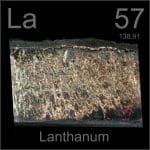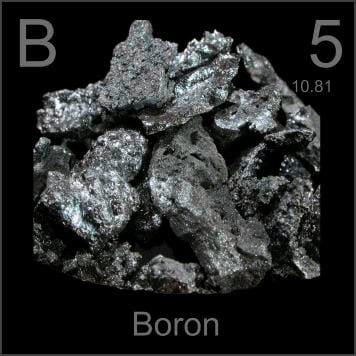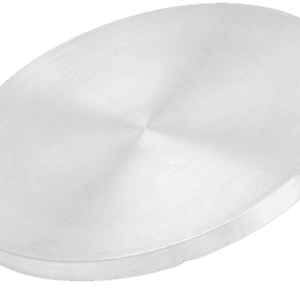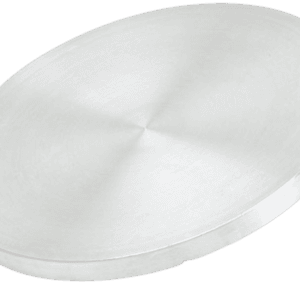Lanthanum Boride Sputtering Target Description
A Lanthanum Boride Sputtering Target is a type of ceramic material consisting of lanthanum and boron. This target is commonly used in sputtering processes for thin film deposition, benefiting from the unique properties of the lanthanum-boron composition.
 Lanthanum is a soft, malleable, silvery-white metal and one of the most reactive rare earth elements. It is used in the production of special optical glasses and can enhance the malleability of steel. Additionally, lanthanum plays a crucial role in wastewater treatment and oil refining. Due to its use in photoconversion films, lanthanum has been nicknamed “super calcium” by scientists.
Lanthanum is a soft, malleable, silvery-white metal and one of the most reactive rare earth elements. It is used in the production of special optical glasses and can enhance the malleability of steel. Additionally, lanthanum plays a crucial role in wastewater treatment and oil refining. Due to its use in photoconversion films, lanthanum has been nicknamed “super calcium” by scientists.
Related Product: Lanthanum Sputtering Target
 Boron, represented by the chemical symbol “B” and atomic number 5, derives its name from the Arabic word ‘buraq,’ referring to borax. It was first noted in 1808 by scientists Louis-Joseph Gay-Lussac and Louis-Jacques Thénard, with its isolation later achieved and announced by Sir Humphry Davy. Boron is found in Period 2 and Group 13 of the periodic table, classified within the p-block elements. Its relative atomic mass is approximately 10.811 Daltons, with the value in parentheses indicating a margin of uncertainty.
Boron, represented by the chemical symbol “B” and atomic number 5, derives its name from the Arabic word ‘buraq,’ referring to borax. It was first noted in 1808 by scientists Louis-Joseph Gay-Lussac and Louis-Jacques Thénard, with its isolation later achieved and announced by Sir Humphry Davy. Boron is found in Period 2 and Group 13 of the periodic table, classified within the p-block elements. Its relative atomic mass is approximately 10.811 Daltons, with the value in parentheses indicating a margin of uncertainty.
Related Product: Boron Sputtering Target
Lanthanum Boride Sputtering Target Specification
| Material Type | Lanthanum Hexaboride |
| Symbol | LaB6 |
| Melting Point | 2,210 °C |
| Density | 2.61 g/cm3 |
| Sputter | RF |
| Type of Bond | Indium, Elastomer |
| Available Sizes | Dia.: 1.0″, 2.0″, 3.0″, 4.0″, 5.0″, 6.0″ Thick: 0.125″, 0.250″ |
Lanthanum Boride Sputtering Target Bonding Services
Specialized bonding services for Lanthanum Boride Sputtering Targets, including indium and elastomeric bonding techniques, enhance performance and durability. Thin Film Materials (TFM) ensures high-quality solutions that meet industry standards and customer needs.
We also offer custom machining of backing plates, which is essential for sputtering target assembly. This comprehensive approach improves target design flexibility and performance in thin film deposition. Our channels provide detailed information about bonding materials, methods, and services, helping clients make informed decisions.

Packaging
Our Lanthanum Boride Sputtering Targets are meticulously tagged and labeled externally to ensure easy identification and maintain strict quality control standards. We take great care in handling these targets to prevent any potential damage during storage and transportation, ensuring they arrive in excellent condition.
Get Contact
TFM offers Lanthanum Boride Sputtering Targets in various forms, purities, sizes, and prices. We specialize in high-purity thin film deposition materials with optimal density and minimal grain sizes, which are ideal for semiconductor, CVD, and PVD applications in display and optics. Contact Us for current pricing on sputtering targets and other deposition materials that are not listed.





Reviews
There are no reviews yet.